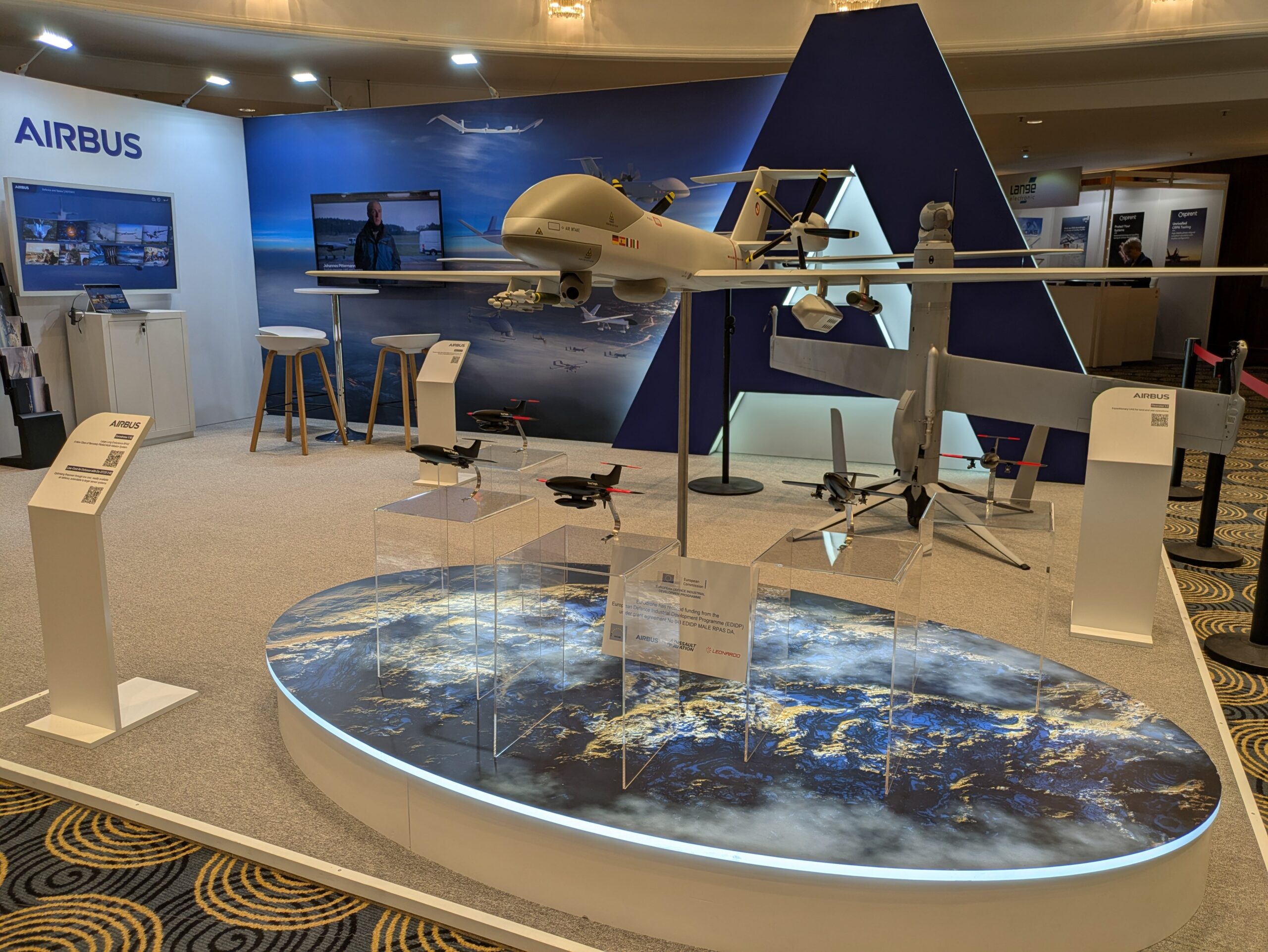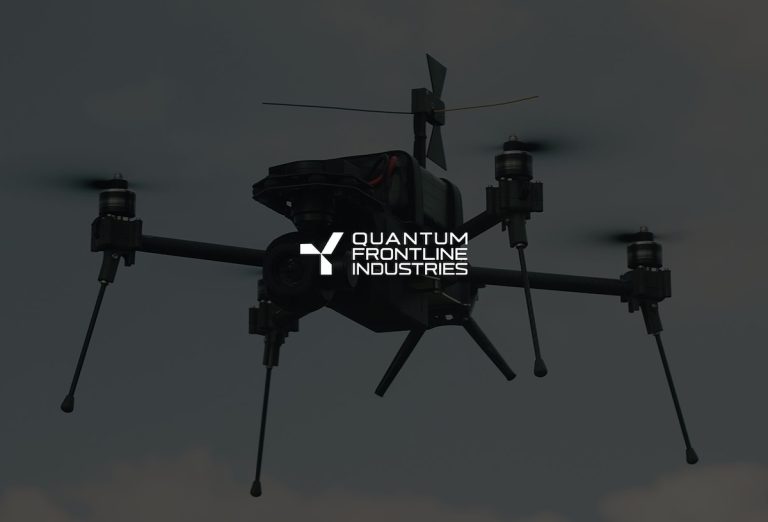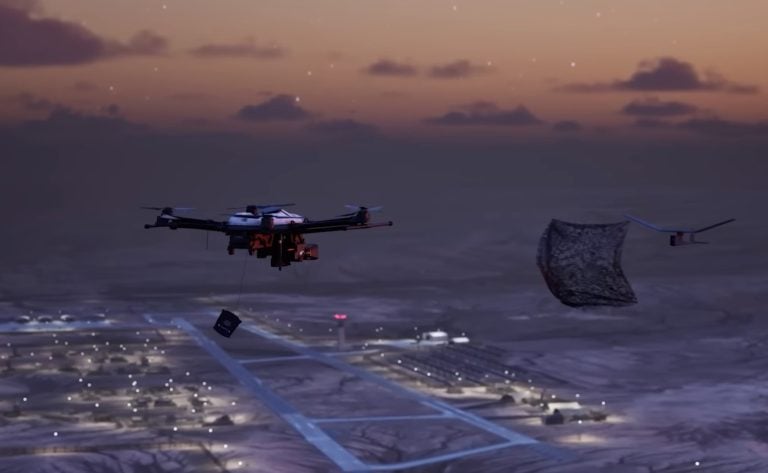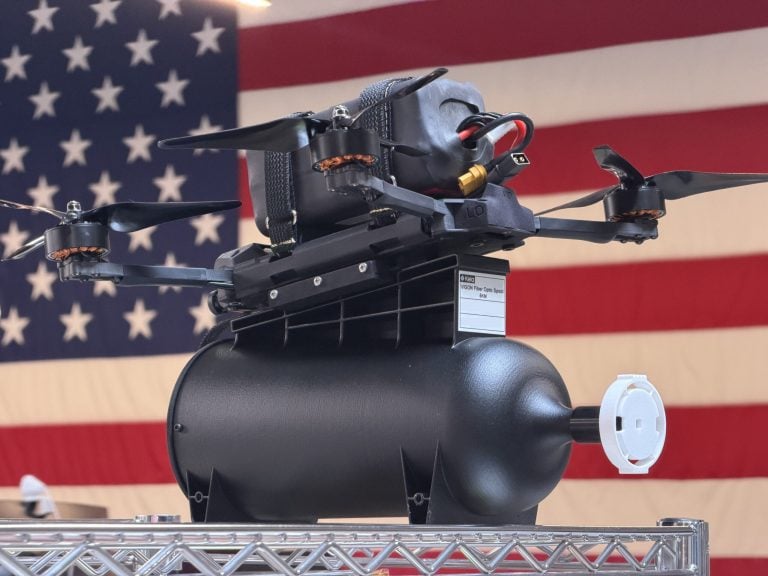Airbus has introduced an innovative counter-unmanned aerial system (C-UAS) concept known as the LOw-cost Air Defence (LOAD) system, designed to combat threats from loitering munitions and drone swarms. This advanced system is a modified version of the company’s Do-DT25 aerial target drone and is capable of being equipped with up to three guided missiles. The technology allows for autonomous search and detection of potential targets, delivering engagement capabilities under the supervision and authorization of a human operator through a ground control station.
The LOAD system aims to complement existing air defense solutions like the Patriot and IRIS-T missile systems, providing a more economical option when dealing with large groups of drones, which are often inexpensive and easily replaceable. The strategic advantage of LOAD lies in its affordability; it enables military forces to intercept a $20,000 drone using the LOAD system rather than deploying a costly $450,000 IRIS-T missile, effectively addressing the high cost per engagement in modern warfare.
During its presentation at the “Unbemannte Systeme (Unmanned Systems) X” trade show in Bonn, Germany, Airbus emphasized the upcoming milestones for the LOAD system. A prototype, equipped with missiles, is expected to take its first flight by the end of the year, with a fully realized version slated for release by 2027. This initiative highlights Airbus’s commitment to advancing defense capabilities amid increasing global demands for sophisticated and flexible aerial defense solutions.
While Airbus has not released specific details regarding the dimensions, cost, or missile types for the LOAD system, it provides some insights based on the Do-DT25 drone specifications. The Do-DT25 measures 3.1 meters (10 feet) in length and has a wingspan of 2.5 meters (8 feet), boasting a maximum speed of 300 knots (555 kilometers or 345 miles per hour). The system is designed for catapult launch, capable of operating within a 100-kilometer (62 miles) range before returning to base, landing safely via parachute for reuse.
In a notable move towards self-sufficiency in defense manufacturing, the Airbus anti-drone system has been developed without any components sourced from the United States, aligning with Europe’s objectives to reduce reliance on American defense technology. This initiative not only advances the capabilities of European defense but also strengthens national security in the context of contemporary geopolitical dynamics.



















